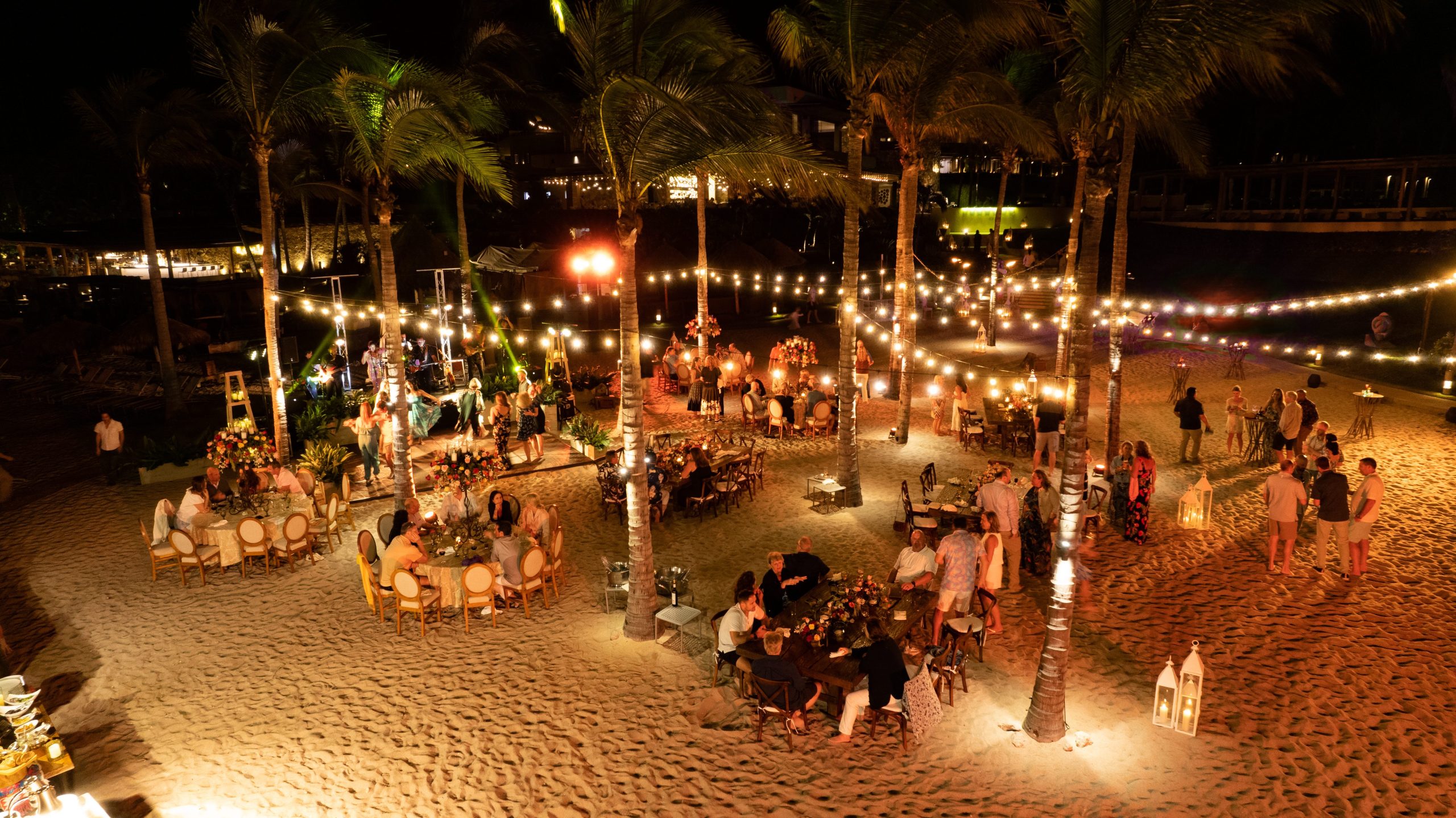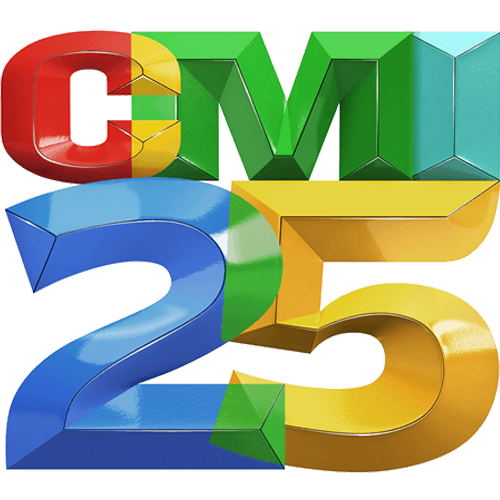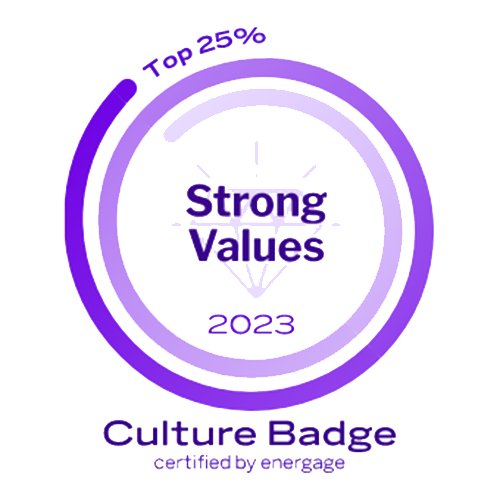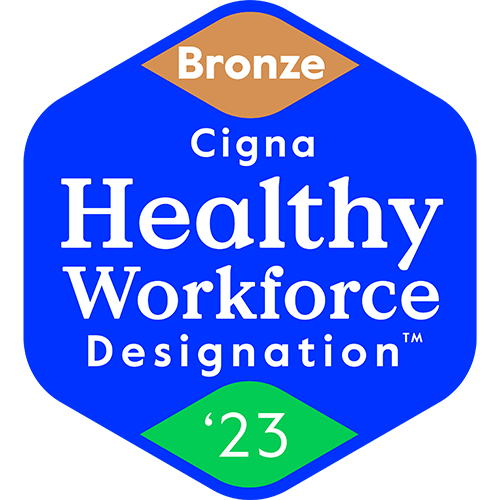We like to think of corporate event design like it’s a musical masterpiece or work of art. It starts with a concept and a purpose and develops from there, with every nuance or decision leading up to the event as critical as the one before it. When all is said and done, your event design should create unique experiences and promote relationships between your employees—making it a harmonious, unifying experience.
According to the 2023 Global Meetings and Events Forecast, as a direct result of the pandemic, internal events are a higher priority now than ever before. With that in mind, here are five corporate event design principles to include in your next internal event:
1. Unity
Creating unifying experiences is always the goal. But to do this, you have to think of the entire design process as a connected whole—so that if you take away one piece, it detracts from the entirety of your design. This begins, of course, with your corporate mission. While your mission may not be the overarching theme of a particular event, it’s a declaration of your company values, which should always inform your event design, no matter the day or event type.
From there, define the purpose of your event—whether it’s an event to appreciate employee success, nurture connections through team building, or reengage employees in your purpose. A part of this means looking at what might be impacting your employees and company as a whole. Other factors, like how your products or services have changed or what’s happening in the world, should all bleed into your purpose and the entire event.
Each session should build on the overall purpose, so that it’s clear to your attendees how it ties into the whole. When your purpose and theme are clearly defined, you can move forward and continue to unify your event through activities, food, entertainment, location, and messaging.
2. Harmony
Planning a seamless event means creating harmony between each moving part. Choosing the activities, food, entertainment, and venue are all dependent on your ultimate event design goal. This is also where you connect the elements of your event design through carefully crafted branding and communications, so you can reach your attendees in an emotional way. From the music, location, and food, to the marketing material aesthetic, communication platform, and messaging, the harmony step of your plan sees the event design begin to come to life.
3. Balance
Current corporate event design trends show that attendees want more time to explore and connect than ever before, making it a critical element to include in event strategies. What this really means, of course, is attendees are tired of jam-packed schedules and are looking for more balance, as well the time to make deeper connections. Going back to the idea of an event being many parts that create a whole, your agenda design should be a mix of general session, breakouts, networking, food and beverage, celebration, entertainment, awards, recognition, and free time. While each component of your event may have a different energy or takeaway, each one balances the others out.
Within each session, you’ll also want to maintain balance. For example, you could have structured networking and unstructured networking, which means maybe part of the time attendees have free reign to mingle and explore connections, while another networking session could be purposefully connecting people with the same interests through apps or a game. Likewise, breakout sessions can be varied and mix types of adult learning principles and theory, be interactive, demonstrative, or structured as a group discussion.
4. Rhythm and Contrast
With balance comes rhythm. Consider the flow of each block, and how each session bleeds into the next. This means you want to incorporate contrast from one activity to the next. Create interest by stacking different experiences back-to-back, which could mean moving attendees from an experience that’s more individual, like attending a keynote, to a networking session that allows attendees to stretch and mingle.
You can also build contrast through surprise and delight moments. Here’s a few examples of how you can break up the flow and create a fun, engaging rhythm and contrast:
- Give out event-relevant gifts as attendees enter the general session.
- Plan for the speaker or entertainment for the day to make a sneak preview appearance and give the audience some face time or mingle time as they wait for the event to get underway.
- Have cocktails and mocktails served as attendees leave a session and head to their networking event.
- Create a quiet room for attendees to take a break from the crowds.
- Use immersive technology like VR and AR to take your guests on a journey.
5. Dominance
Within each part of your event you want to have a focal point, whether it’s the speaker, an immersive activity or display, or key branding for a new launch. This is where the eye should be drawn, although not every component will have focal points with equal weight. Ultimately, you don’t want your attendees leaving and wondering what your event’s purpose was all about.
The dominance factor is what will create memories for your attendees, an image or snapshot that will bring them back to the event and provoke an emotional response—and of course we want that to be a good one. One way to ensure you employ these design principles with intention, is through the event strategy framework tool. This free, easy-to-use online platform can help you stay more focused on the objectives and help you build a cohesive strategy for your next corporate event.
Bottom Line
Since the pandemic, the event professional’s role in the planning process has evolved. They have a seat at the table, and they’re expected to design not just events, but the time within that event—and it has to be engaging. Today’s event professionals are experience designers and community builders, fostering relationships and the time and space within which to do that. That’s why event professionals need additional tools to work with, like the above design principles. These provide the building blocks for seamless, engaging events.











